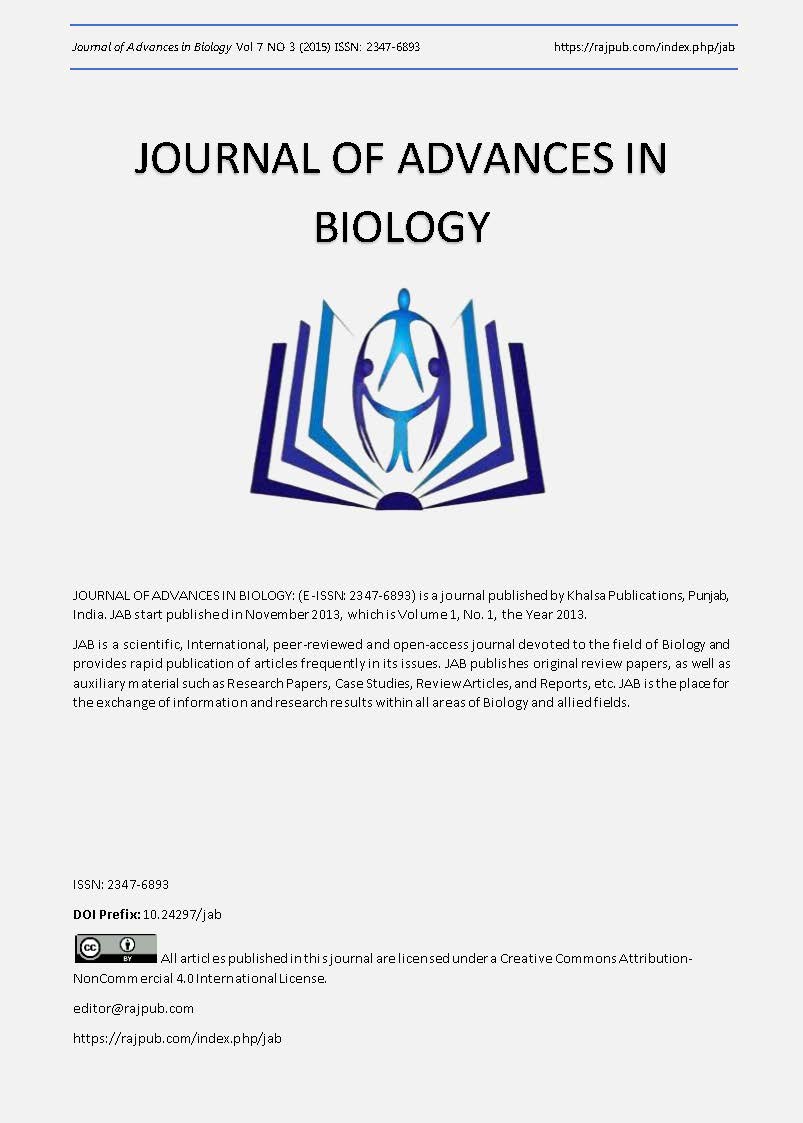Serum chemerin level and its relation to carotid intima media thickness in type 2 diabetic patients
DOI:
https://doi.org/10.24297/jab.v7i3.4588Keywords:
Serum chemerin, carotid intima media thickness, T2DMAbstract
Background: The central pathological mechanism in macrovascular complications of T2DM is the atherosclerotic process. Measuring carotid intima media thickness [CIMT] was found to be suitable to detect the early stages of atherosclerosis. altered chemerin secretion may be of pathological relevance to various disorders including diabetes mellitus and atherosclerosis.
The aim: to evaluate the relation of serum chemerin levels with early stages of atherosclerosis measured by CIMT in patients with T2DM without established coronary artery diseases (CAD) compared to healthy control subjects.
Patients and methods: The study included 86 subjects divided into two groups: Group I: included 46 T2DM patients without CAD. Group II included 40 healthy control subjects matched for age and sex. All subjects were subjected to the following: full history taking, complete clinical examination, body mass index [BMI] and laboratory assessment included fasting glucose, insulin level, glycated hemoglobin [HbAIc], lipid profile. Serum chemerin levels and homeostasis model assessments (HOMA2-IR). Doppler ultrasound for carotid artery to determine CIMT.
Results: BMI, Fasting plasma glucose, Triglyceride, HbAIc, HOMA2- IR, CIMT and serum chemerin levels were statistically significantly higher in diabetic group than the controls. Serum chemerin level had statistically significant positive correlation with BMI, LDL-c, FBG, HOMA2.IR, HbAIc and CIMT. The CIMT had statistically significant positive correlation with BMI, HBAIc and serum chemerin level.
Conclusions: Serum chemerin level positive correlation with BMI and HOMA2-IR may indicated the relation between chemerin and DM. CIMT and serum chemerin positive correlation to each other and to HbAIc may indicated their relation to atherosclerosis.
Downloads
Downloads
Published
How to Cite
Issue
Section
License
 All articles published in Journal of Advances in Linguistics are licensed under a Creative Commons Attribution 4.0 International License.
All articles published in Journal of Advances in Linguistics are licensed under a Creative Commons Attribution 4.0 International License.




